One of the important structures in the Ho Dynasty Citadel heritage site is the Nam Giao Altar. The results of excavation and archaeology have basically determined the appearance of an ancient altar with an almost intact architectural foundation. The altar walls and levels of the altar foundation were discovered and are located within the throne of the Don Son mountain range - where the altar is located. In addition, a series of other important structures were also discovered here, such as: the King's Well, the Than Dao road, the Vien Dan, the foundation system of the levels of the altar foundation, the drainage system...
The arched stone gate without using adhesive is one of the unique architectures at Ho Dynasty Citadel.
The excavation and archaeology at the gate area (4 gates) have revealed the scale and architecture of the gates of the Ho Dynasty Citadel. The outstanding and distinctive features of the Ho Dynasty Citadel are that the four gates and four walls were all built of solid and majestic stone. The gates were built in the shape of arches with large stone blocks with isosceles trapezoidal cross-sections (or grapefruit segments), without using adhesives. The inside of the gates was completely crafted with the architecture of the door frames, door mortars, and door foundations completely paved with monolithic green stone... Above the southern and northern gates, there was a watchtower architecture with column holes and a drainage system arranged in a very standard and methodical manner.
The foundation and walls of the Ho Dynasty Citadel were built using a combination of different materials, with 3 tightly linked layers including: The outer layer is made of large stone blocks, the middle layer is reinforced by natural stone blocks inserted into each layer of stone to build the outer wall, the innermost layer is made of layers of clay mixed with pebbles and crushed stone, compacted and firmly tamped in each layer and has a gentle slope inwards to create a support pillar to bear the force for the entire outer stone wall. The foundation is reinforced by many layers of stone and clay mixed with pebbles and foundation stone blocks to create solidity for the entire wall.
The stone used to build the citadel was identified as being taken from An Ton Mountain, in Vinh Yen Commune, Vinh Loc District, 2km north of Ho Dynasty Citadel. Here, through survey and archaeology, many stone slabs with similar materials, shapes, weights, and structures to the stone used to build Ho Dynasty Citadel were discovered. Below were layers of stone chips formed from the process of crafting the stone blocks. Some crafting tools were also discovered in this area.
The Moat is an important defensive structure located 60 to 90 meters from the citadel; its scale is determined to be 50 meters wide and about 4 kilometers long, surrounding the entire stone citadel; the structure of the Moat has a moat and an ancient stone embankment spread evenly over 4 kilometers, creating a solid foundation for the structure of the Moat. The Moat was built on a natural terrain and was expanded to create a foundation to reinforce the citadel as well as protect the entire citadel.
Notably, in the central area of the Ho Dynasty Citadel, archaeological results identified a complete architecture, including a main hall arranged in 9 compartments with extremely majestic architecture shown through the length and width of the compartments and the system of foundations and columns typical of the Ho Dynasty. The main hall architecture is determined to be the largest scale discovered by archaeology to date.
The system of artifacts and relics discovered in this area are mostly decorated with dragons and a system of bricks, roofing tiles, and decorative tiles dyed with yellow enamel, which are characteristics that only the main hall where the Emperor held court was allowed to use. The above architectural materials were discovered only in this excavation area and were not found in any architecture excavated in the inner city of the Ho Dynasty, which clearly proves that this is the main hall of the Tay Do citadel.
In the central area of the Ho Dynasty Citadel, there is currently the only remaining artifact, a pair of headless stone dragons. Archaeologists have determined that these are the pair of dragons on the steps of the main hall of the Tay Do citadel, placed right at the location where they were originally arranged. The area where the pair of dragons are located is also where the front and back courtyards were discovered to move up to the dragon courtyard. Behind these dragons is the main hall of the capital - where the king held court to decide on important national issues at that time.
In addition, at the South Gate area and inside the Inner Citadel, archaeologists have discovered a road paved entirely with slate on a very large scale. This road runs straight into the main axis of the Tay Do citadel into the citadel, and when it ends, it is the place where the steps to the main hall begin - where the king holds court and decides on important national issues. Outside the citadel, this road stretches 2.5km to the Nam Giao Altar at the foot of Don Son Mountain - where the king worships heaven and earth to pray for national peace and prosperity - That is the Royal Road (Cai Hoa Road) recorded in history books.
Archaeologists have also excavated and identified many important structures of Dong Thai Mieu (the place to worship the Ho Dynasty's paternal family) and Tay Thai Mieu (the place to worship the Ho Dynasty's maternal family). In these areas, traces of Le Dynasty architecture were discovered on top of Ho Dynasty architecture with a system of column foundations, pedestals and materials typical of the later Le Dynasty. This continues to clearly demonstrate that Ho Dynasty Citadel was continued to be used by later dynasties as the administrative and political center of the region.
Mr. Nguyen Ba Linh - Director of the Ho Dynasty Citadel Heritage Conservation Center affirmed: The large-scale excavations in recent years at Ho Dynasty Citadel have revealed a capital that was completely built and had full palaces, temples, functional areas and was used throughout the history of Dai Viet civilization. The results of excavation and archaeology have demonstrated the great potential of the underground heritage of Ho Dynasty Citadel.
Source: https://cand.com.vn/Tieu-diem-van-hoa/di-san-thanh-nha-ho-nhin-tu-ket-qua-khai-quat-khao-co-hoc-i768968/


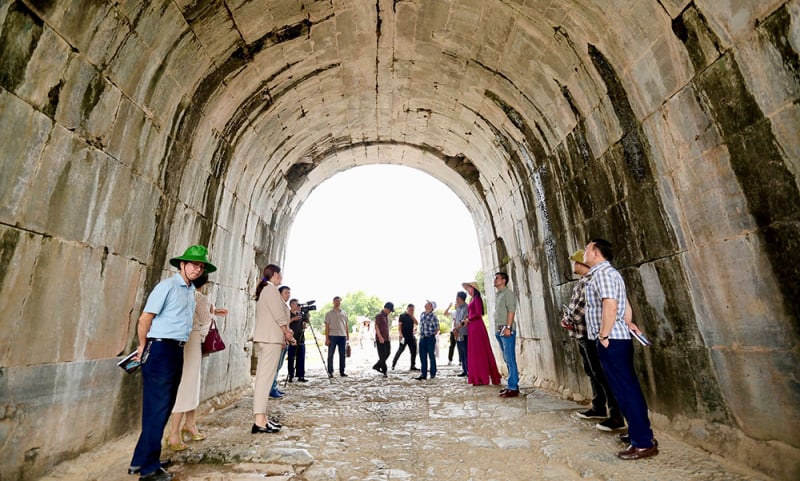


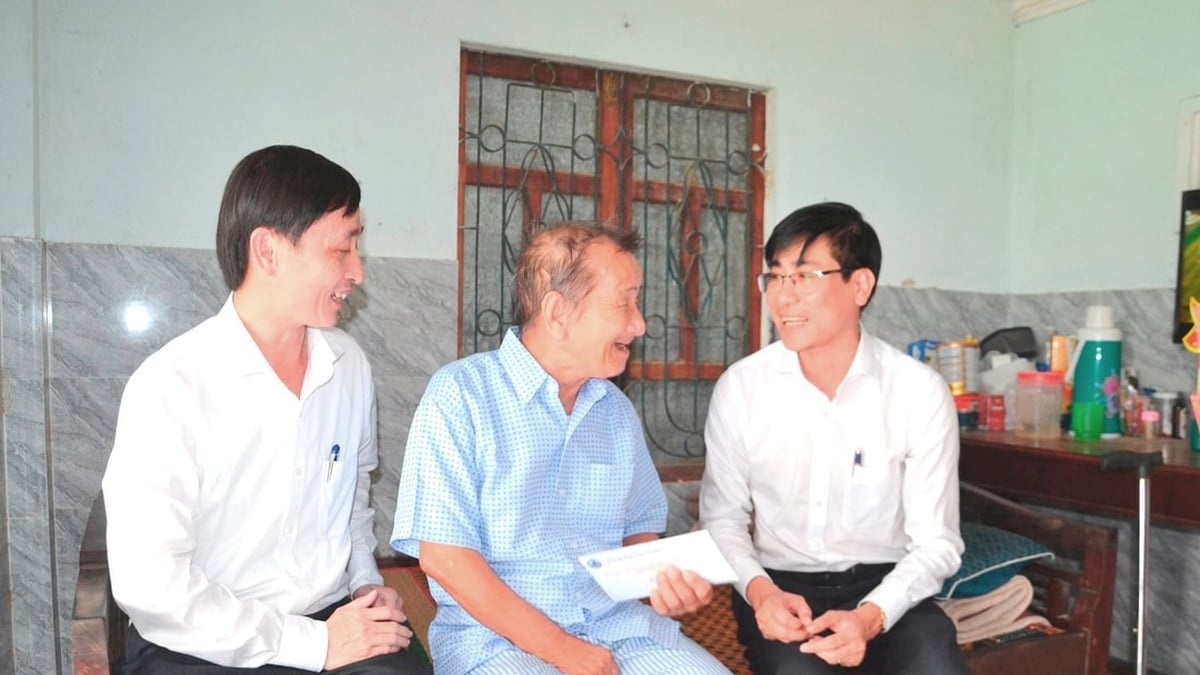





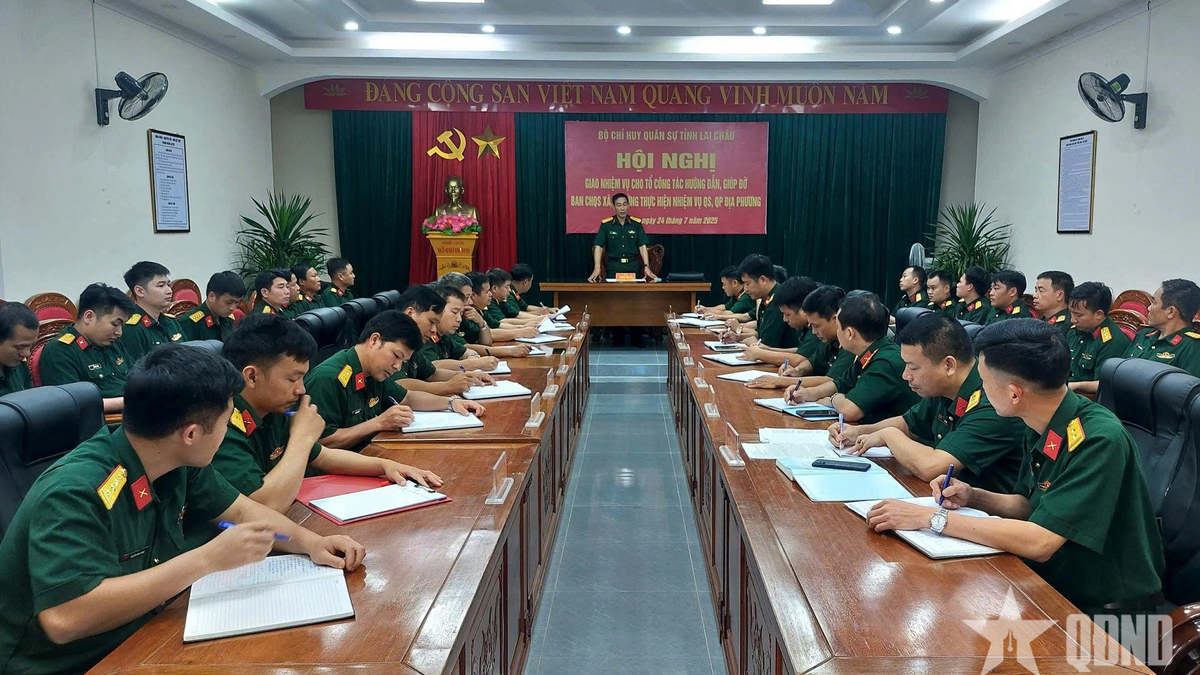










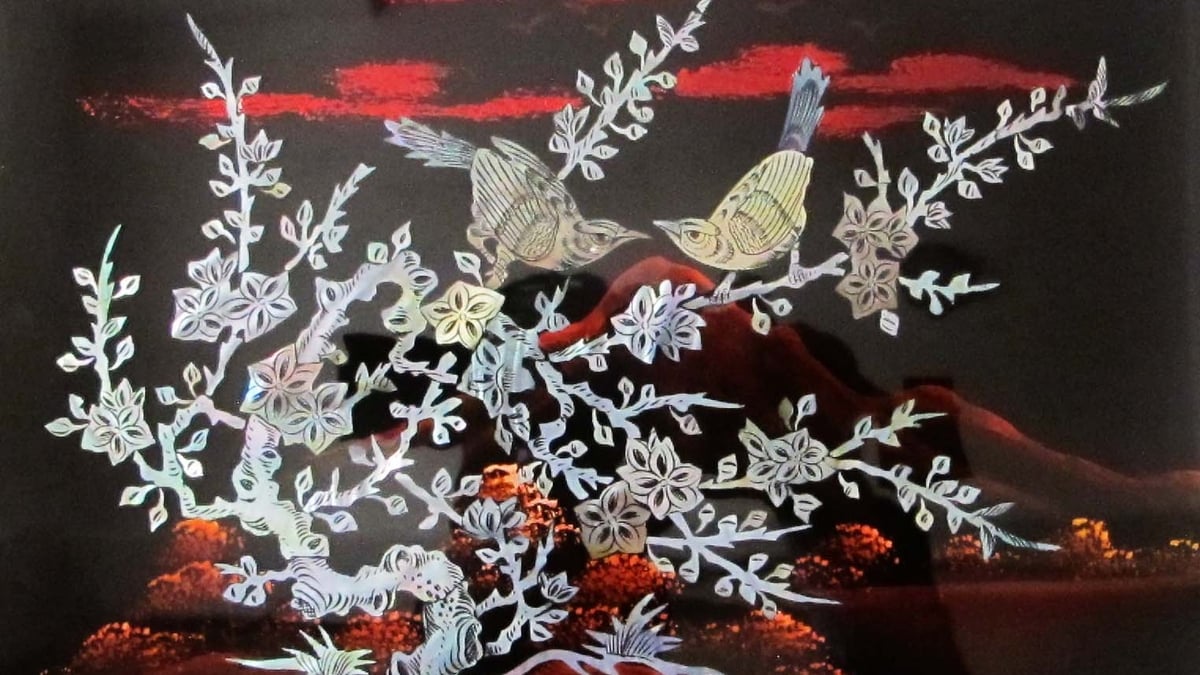


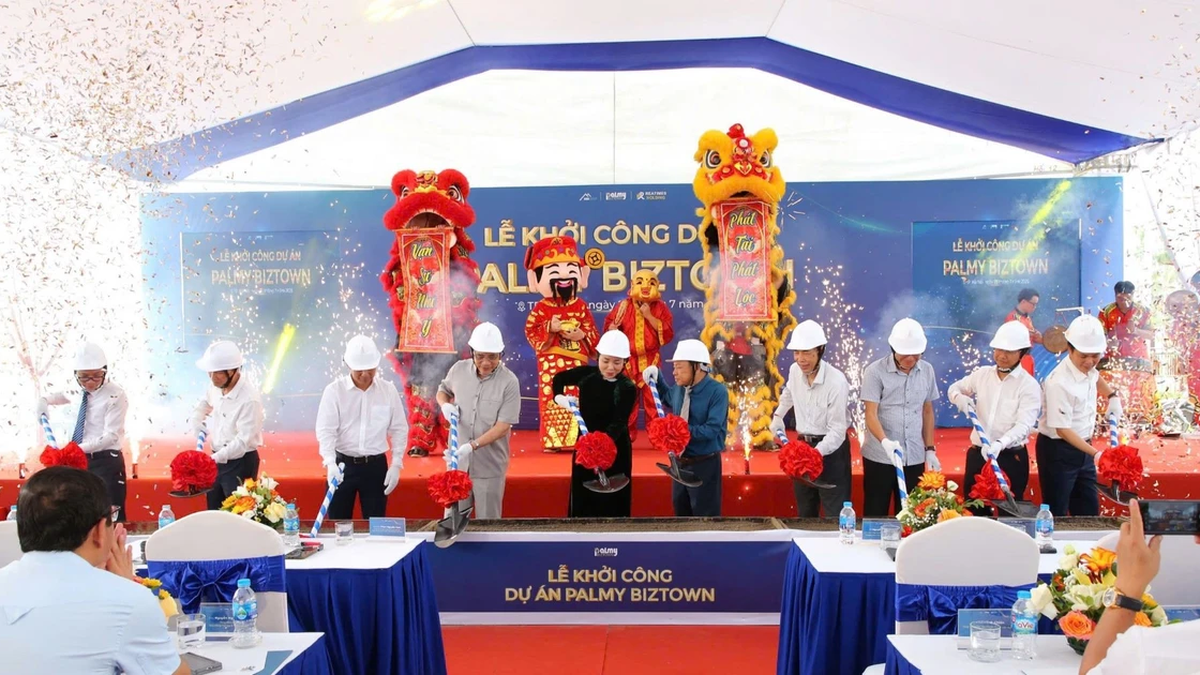
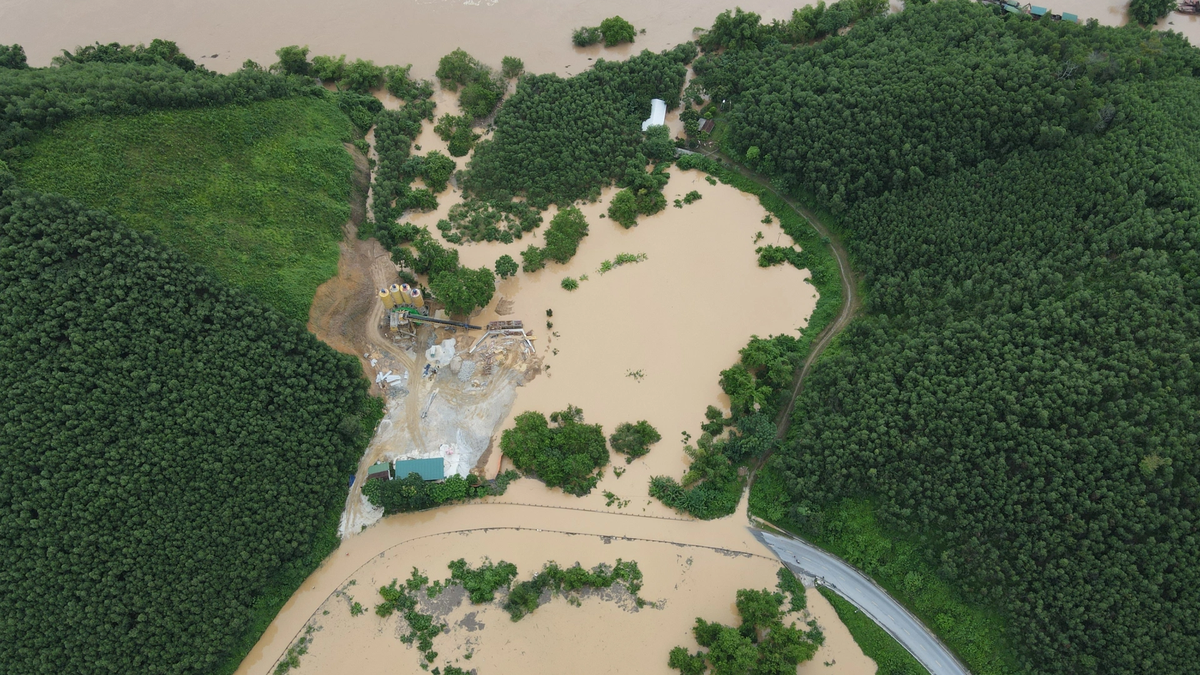
![[Photo] Signing of cooperation between ministries, branches and localities of Vietnam and Senegal](https://vphoto.vietnam.vn/thumb/1200x675/vietnam/resource/IMAGE/2025/7/24/6147c654b0ae4f2793188e982e272651)






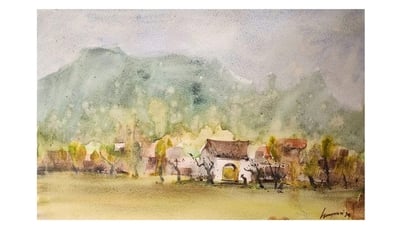

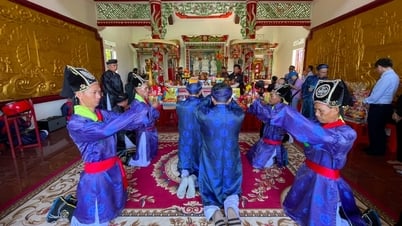

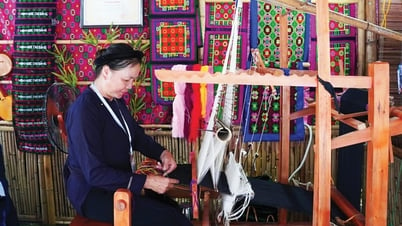

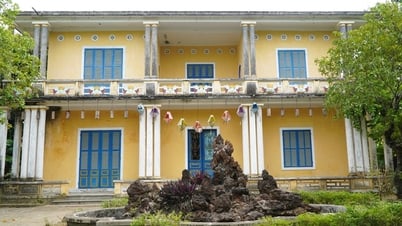












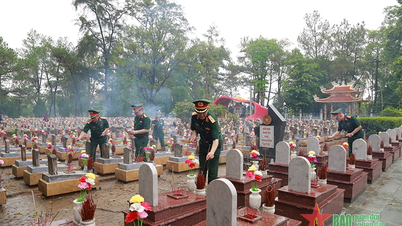























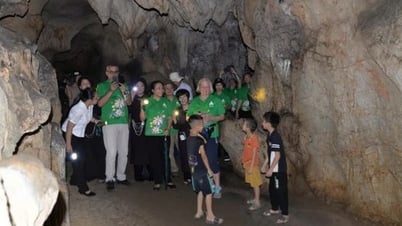























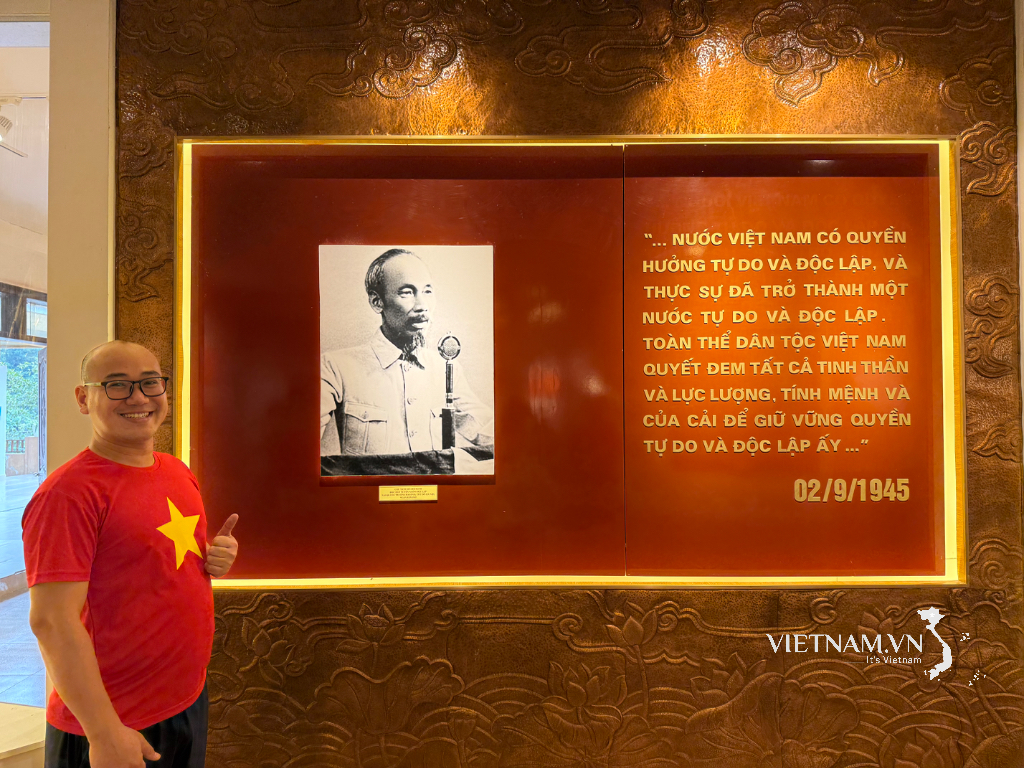
Comment (0)